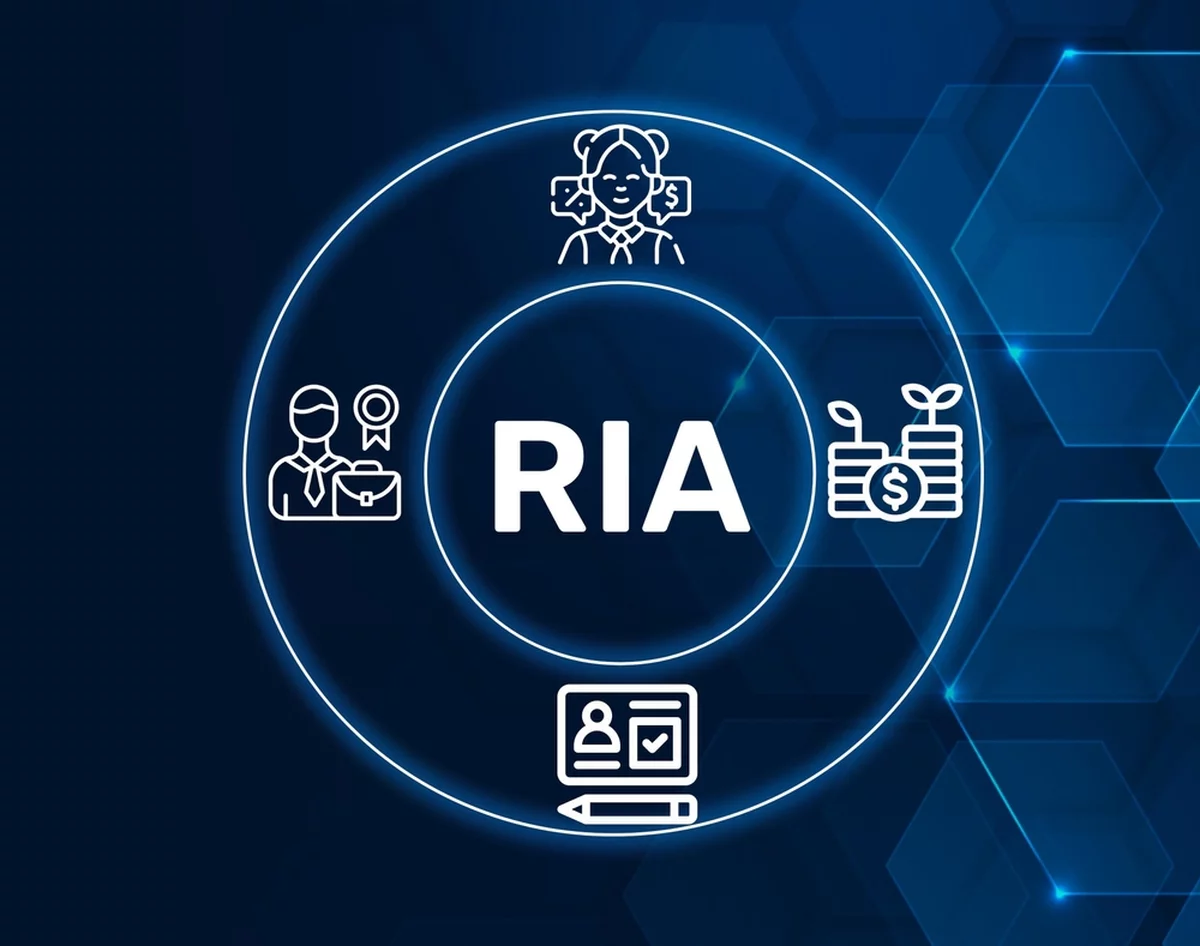TL;DR: Breaking away from a wirehouse to form an RIA offers freedom and control, but requires clear steps and planning
Main points:
- Assess or adapt your business structure for RIA standards
- Register with SEC or state regulators
- Set up operations, technology, and custodial support
- Create Disclosure documents, Code of Ethics, and Compliance Manual
- Build a compliance program to protect clients and your firm
- Work with a qualified securities attorney to assist with legal aspects of setting up your RIA.
Breaking away from a wirehouse or brokerage is exciting, but it also raises questions. Many advisors ask, how are RIAs formed, and what does it really take to go independent? The process can feel complex, but when broken down into clear steps, it’s far more manageable. The transition can be worth it for the control and flexibility it provides.
What It Means to Form an RIA
Forming an RIA (Registered Investment Adviser) means running your own firm under a fee-based model. You choose the services you offer, how you price them, and which clients you serve. Unlike being tied to a brokerage, you set the tone for client relationships and the future of your practice.
If you’ve been wondering how to create your own RIA, think of it as building a framework around what you already do. The key differentiation? You have more freedom and ownership.
How to Create Your Own RIA
These are some steps to create your RIA firm:
1. Review or Adapt Your Business Structure
The underlying legal entity can vary and does not have any real direct correlation to the service model. Both RIA’s and Broker-Dealers are often either LLC’s, Corporations, Sole Proprietors etc.
Many financial advisors already operate under an LLC or corporation for tax benefits. The first step in transitioning to an RIA model is to assess if your current business entity is suitable.
Your existing structure may need modification to meet regulatory requirements, or you might need to establish a new entity specifically for advisory services. Talking with a compliance consultant or attorney can save time and prevent mistakes here.
2. Register with Regulators
RIAs generally must register with either the SEC or their state, depending on business model, assets under management, or other variables. This involves preparing disclosures and ensuring your business aligns with regulatory expectations.
3. Complete and File Form ADV
Form ADV Part 2A (Firm Disclosure Brochure) is the backbone of your registration. It outlines your services, fee structure, and any conflicts of interest. While the ADV Part 1A can be viewed from IARD, much of the information is redacted. This is primarily for the regulators. Part 2A, Part 2B and Form CRS (if SEC registered) are public facing and set the tone for how prospects view your firm.
Form ADV includes two parts:
- Part 1: Serves as the uniform application for investment adviser registration and includes granular detail about the investment advisers business.
- Part 2: Client-facing brochure covering services, fees, and conflicts of interest.
The ADV 1A is filed via CRD through the FINRA Gateway. It is then reviewed by the appropriate regulatory body (SEC or state) and the firm is then either approved or denied. You must update it annually or when material changes occur.
4. Build a Compliance Program
Strong compliance is essential for all financial advisory firms. Your compliance program should be designed around your specific business practices. This step reduces future headaches and builds trust with clients.
5. Set Up Operations and Technology
Custodian selection, reporting systems, and client portals are part of building a seamless experience. For many breakaway advisors, this is where partners like FocusPoint Solutions streamline the transition.
These are the main steps in forming an RIA. Requirements vary by state, but the process follows a similar path everywhere.
Overcoming Fear About Going Independent
The fear of leaving a larger firm is real. Concerns about compliance, costs, and losing support are common. But independence may give you more control over service, branding, and long-term growth. With planning and the right partners, the transition becomes less about risk and more about opportunity.
Support That Simplifies the Process
You don’t need to handle every detail yourself. Providers like FocusPoint Solutions help with compliance, operations, and technology, letting you focus on serving clients. That’s how creating an RIA becomes far less intimidating and far more rewarding.
Ready to Build Your RIA? Take the First Step Today
Going independent can be the best decision of your career. Call today to see how FocusPoint Solutions can make the process easier.
